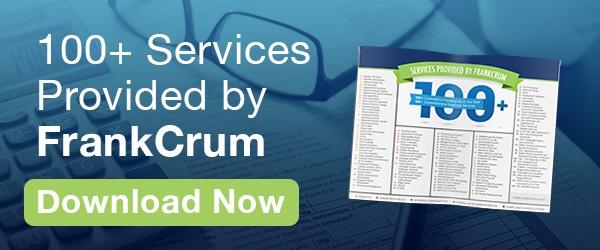 An inefficient meeting can be a tedious affair. While some people think that “free-flowing” meetings are productive, meetings without structure can waste a lot of precious time.
An inefficient meeting can be a tedious affair. While some people think that “free-flowing” meetings are productive, meetings without structure can waste a lot of precious time.
Here are a few thoughts on how to host more effective and efficient meetings:
1) Establish and Communicate a Clear Purpose and Agenda
Before hosting a meeting, establish a clear purpose for the meeting. What exactly are you trying to accomplish? What is an ideal outcome? Once that’s established, create an agenda of all the points for discussion, and provide the agenda in your meeting invitation. This will prepare participants for the discussion, and it will serve as a guide during the meeting so everything remains on track and focused.
2) Set the Tone
If a meeting is meant to be collaborative (say, like a creative brain-storming session) then set the tone by encouraging people to contribute freely. Be prepared to jot down ideas, and remind your attendees that no idea is a bad idea. If the purpose of a meeting is less collaborative, then lead the discussion and involve the appropriate person(s) based on your agenda. This will keep things moving and concise.
3) Re-establish an End Goal
Right from the beginning of the meeting, point out exactly what you hope to accomplish. This helps to keep the entire discussion on point. Start and end the meeting right on time—punctuality reinforces that you value people’s time. If something off-topic comes up, that issue can be placed in a “parking lot” (i.e., a sort of collection zone for topics that can be talked about later) and briefly addressed after the meeting is done.
4) Ask for Commitment
During the course of a meeting as you identify things that require more work, ask the appropriate person(s) to assume responsibility for that task. When you reach agreement on task responsibilities, ask about a reasonable time-frame to complete the work. Record those commitments (including your own), and distribute meeting notes to all the attendees. This will facilitate commitment and accountability for any follow up work that needs to be done.
5) Summarize
At the end of the meeting, briefly summarize the points that were discussed during the meeting, any conclusions that were established, and tasks that were assigned. This serves as a way to raise any questions, doubts or concerns that were not clear during the meeting. This summary should also be captured in your meeting notes, and don’t forget to include any items on the parking lot.





